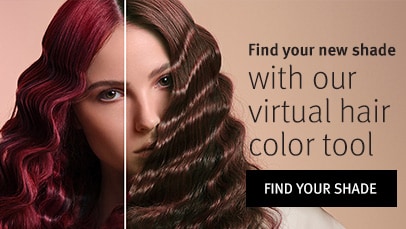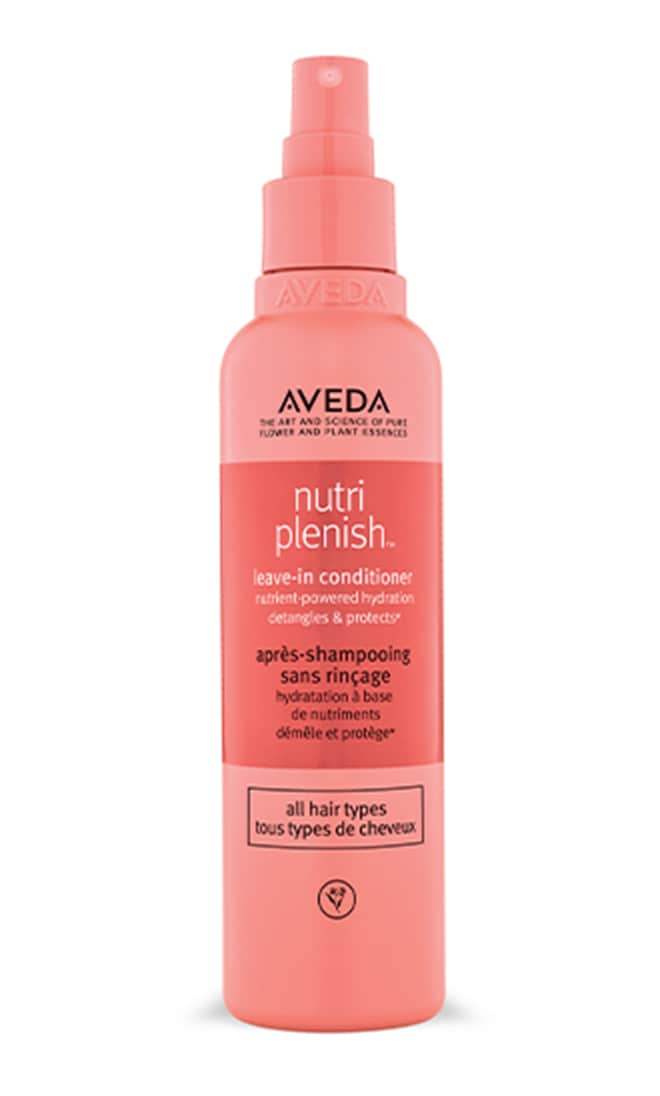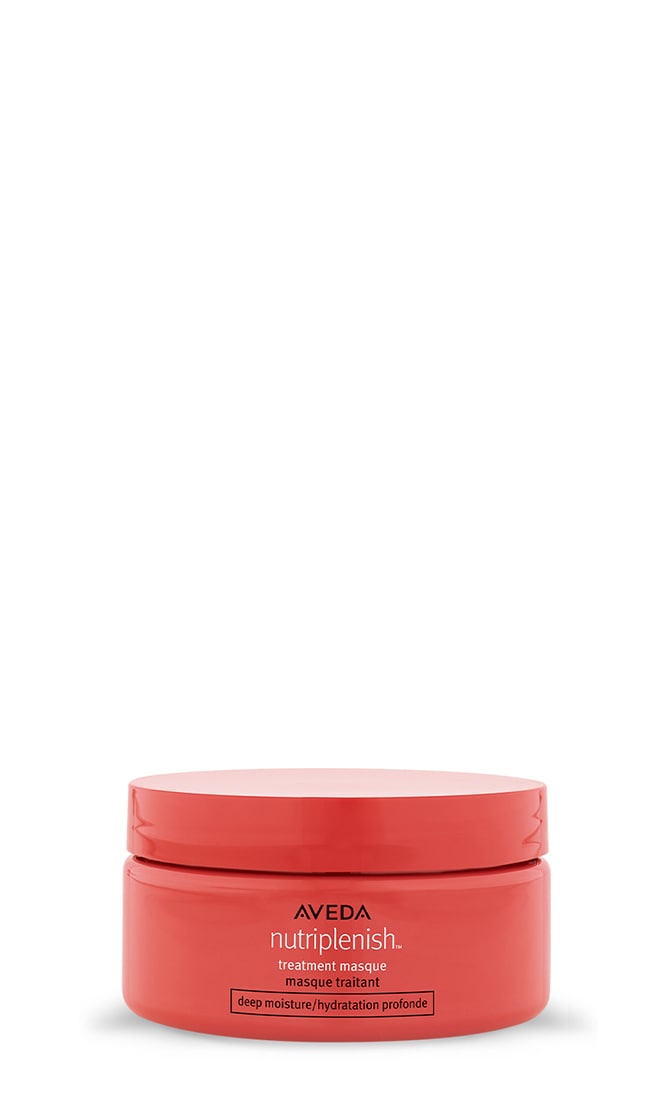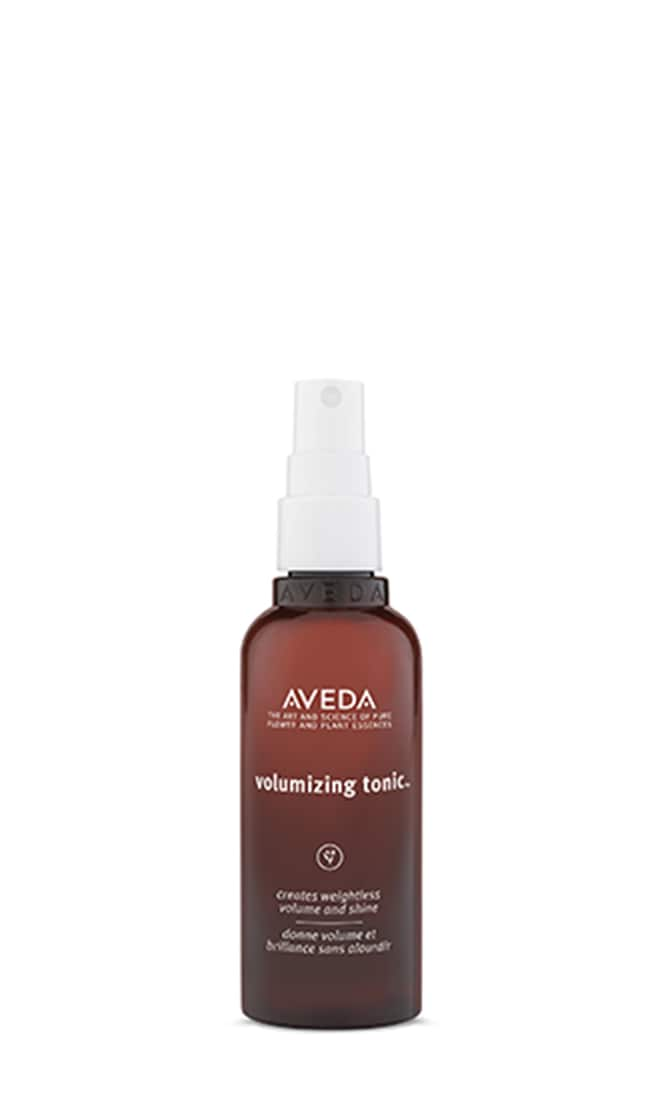There’s also the possibility that you thought you had one type of hair, but you actually have another. Your hair can change over time, including with age or via damage or environmental factors. Maybe you’re right in the sweet spot between 2C (strong wavy) and 3A (subtle curly) hair and need help figuring out how to bring your ringlets to life. Perhaps you’re looking for the right products to keep your coils hydrated or your waves defined, not frizzy, in humid weather. Whatever you’re looking for, knowing your curly hair type and texture can help you answer those questions.
Shopping Bag
VIEW ( 0 )
OR
By clicking “Continue with Facebook”, I agree to Aveda’s Terms and Conditions and Privacy Policy.


























